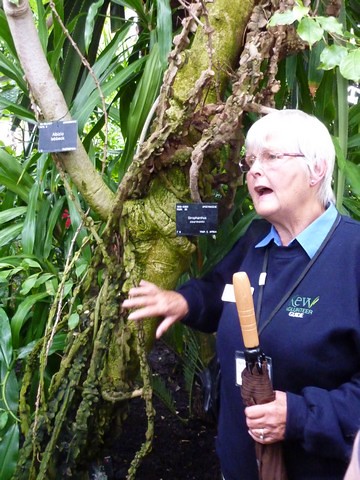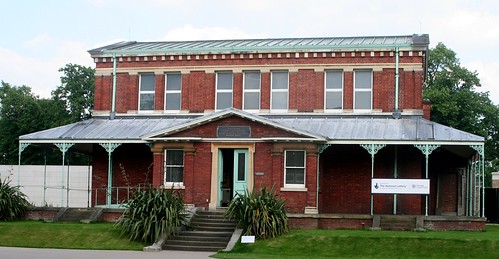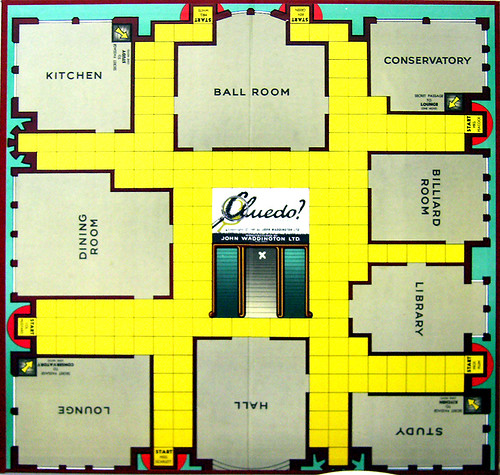No, not THAT kind of flapjack. Not the pancake kind served in stacks for breakfast, drenched in butter and maple syrup. Over here that kind of flapjack is decidedly rare on breakfast menus, which astute GSWPL readers will remember run heavily to eggs, bacon, sausages and beans. (In fact, you mostly hear about pancakes on Shrove Tuesday when recipes and cooking techniques appear in newspapers and on morning talk shows all over the place. However, it seems the emphasis is not so much on eating the pancakes as it is on flipping the pancakes using only arm/wrist action with no helpful utensil between you and the foodstuff in question. It’s weird. Last Shrove Tuesday the media was awash with stories about celebrities (minor and major) flipping, or attempting to flip, pancakes. I’m sure I saw a bit in the paper about William and Kate at some charity event where they were photographed, frying pans in hand, trying to coax pancakes into turning over. I don’t think I ever saw a picture of anyone actually eating a pancake. It’s like they’re just props or something.)
(Additional pancake aside: You can buy pre-made stacks of cooked pancakes in cellophane wrappers in the baked goods section of grocery stores. I think you’re supposed to microwave them. Uck.)
But we’re not here to talk about pancakes because it’s not Shrove Tuesday. Instead, we are talking about flapjacks! Flapjacks are sweet oat bar kind of treat not miles away from granola bars but definitely more indulgent. Granola bars frequently masquerade as vaguely healthy. Flapjacks, on the other hand, are definitely in the cookies/biscuits/slices/bars category.
Industrial flapjacks are ok, but certainly not as good as the home made variety. How do I know this? Because ever your humble servant, and devoted as I am to bringing you the most accurate information possible, I actually made a batch of flapjacks just so I could blog about them. And that’s how I discovered why flapjacks are so good. It’s because 3 of the 4 ingredients involved are decidedly on the indulgent end of the spectrum. What are those ingredients? Butter, brown sugar, golden syrup and of course oats. How can you go wrong with a lineup like that?
(Aside about golden syrup: Golden syrup is a light type of treacle, which is a byproduct of refining cane sugar. It’s not dissimilar to corn syrup, though it’s definitely thicker and, if such a thing is possible, stickier. Lyle’s Golden Syrup – pictured above – is the classic in the UK. Have a close look at the iconic green and gold tin. That picture in the middle is actually the rotting carcass of a lion with a swarm of bees. Charming. Apparently its some kind of biblical reference. I bet the marketing guys love that:
Marketing Guy: Say, how about this time around we leave off the rotting lion carcass?
Lyle’s Golden Syrup Guy: No way, it’s been there since 1885. My father’s father’s father’s father designed that label.
Marketing Guy: Erm… yeah. Look, I know this may come as a shock to you, but our focus groups say they’d rather not buy food products with images of decomposing animals on them.
Lyle’s Golden Syrup Guy: You’re fired.)
Here’s the recipe I tried which I got from Allrecipes.co.uk, with amounts adapted to provide slightly less than one million flapjacks, which is what the original recipe seemed bent on producing:
Traditional Flapjacks
Ingredients: (with helpful conversions, substitutions and hints)
250g or 1 cup butter (preferably unsalted)
150g or 2/3 cup golden syrup (or corn syrup in a pinch) (or honey, but not really) (Hint: coat your spoon, measuring cup, hands, and all other kitchen surfaces with a light film of cooking oil before approaching the golden syrup tin. You’ll thank me later.)
167g or 1 cup brown sugar, lightly packed
333g or 5 cups porridge oats / rolled oats
OPTIONAL: 100grams or 3/4 cup raisins (I say optional, but really, they’re better with raisins.)
This is a super easy recipe to make, and it worked out fairly well, especially if you consider the fact that I had the oven on the wrong setting at first (of course) and hence was broiling (for UK readers: grilling) my lovingly made flapjacks for a while. My personally annotated version of this recipe now bears the note: “use the oven setting with the picture of one solid bar along the bottom”. (As opposed to the setting with the picture of tiny triangles suspended, points down, at the top, of course. Duh.) At least this slight overcooking meant that I didn’t have to wait EIGHT HOURS for my flapjacks to cool and firm up, which is a damned good thing.
And there you have it – a little project you can try at home to get a taste of the UK wherever you are, as long as that place is somewhere you can get butter, sugar, oats and golden syrup. And if you’re somewhere you can’t get those things, I advise you to leave immediately. I mean really, what are you thinking?
(Additional pancake aside: You can buy pre-made stacks of cooked pancakes in cellophane wrappers in the baked goods section of grocery stores. I think you’re supposed to microwave them. Uck.)
But we’re not here to talk about pancakes because it’s not Shrove Tuesday. Instead, we are talking about flapjacks! Flapjacks are sweet oat bar kind of treat not miles away from granola bars but definitely more indulgent. Granola bars frequently masquerade as vaguely healthy. Flapjacks, on the other hand, are definitely in the cookies/biscuits/slices/bars category.
 |
| An array of industrial flapjacks, photographed in their natural habitat, a corner store shelf. |
 |
| The Holy Trinity. And oats. |
Marketing Guy: Say, how about this time around we leave off the rotting lion carcass?
Lyle’s Golden Syrup Guy: No way, it’s been there since 1885. My father’s father’s father’s father designed that label.
Marketing Guy: Erm… yeah. Look, I know this may come as a shock to you, but our focus groups say they’d rather not buy food products with images of decomposing animals on them.
Lyle’s Golden Syrup Guy: You’re fired.)
Here’s the recipe I tried which I got from Allrecipes.co.uk, with amounts adapted to provide slightly less than one million flapjacks, which is what the original recipe seemed bent on producing:
Traditional Flapjacks
Ingredients: (with helpful conversions, substitutions and hints)
- Preheat oven to 160 C or 320 F or Gas Mark 3 or 433.5 degrees Kelvin
- In a large pan on low heat melt butter, sugar and syrup till well combined and runny. Mix in the oats in batches, making sure none are left uncoated by the butter-sugar-syrup mix.
- Pour into a cookie sheet (9” x 13” or 225mm x 320mm) lined with parchment paper. Level out the mix with a spatula. Bake for 25-35 minutes (or 1.5 million to 2.1 million milliseconds). (Note that came with the recipe: These should look seriously under-baked, that's the point. When they are done, if you grip the pan and give it a little wobble, it will look uncooked. This is perfect.)
- Cover with a clean tea towel and leave for a whole day or overnight till completely cold. (Pam’s note: You’ve got to be kidding me…) If you try and turn them out before, they will be ruined. (Pam again: Not true in my experience, but see caveat below.) When they are completely cold, turn them out and cut into bars. Wrapped in cling film / saran wrap or foil these will last a week at least. They freeze well too! (Pam says: This remains to be seen.)
 |
| My flapjacks |
And there you have it – a little project you can try at home to get a taste of the UK wherever you are, as long as that place is somewhere you can get butter, sugar, oats and golden syrup. And if you’re somewhere you can’t get those things, I advise you to leave immediately. I mean really, what are you thinking?




















